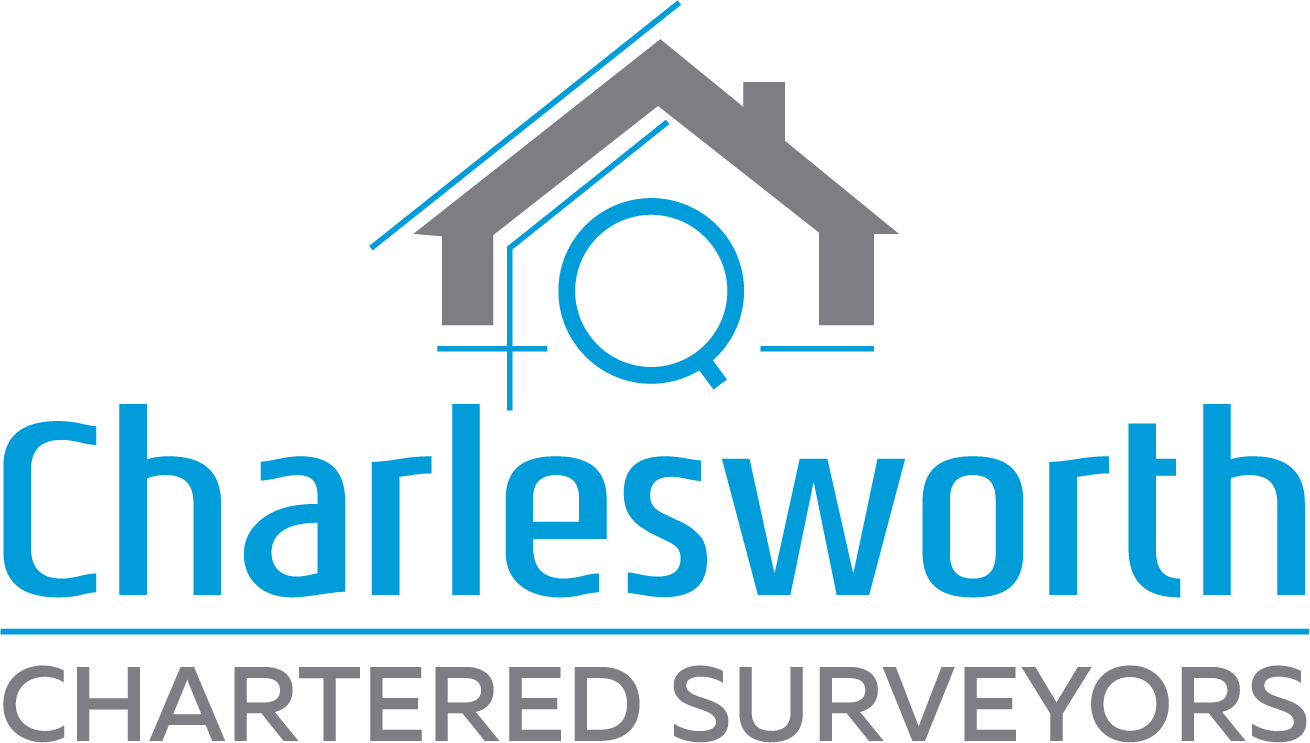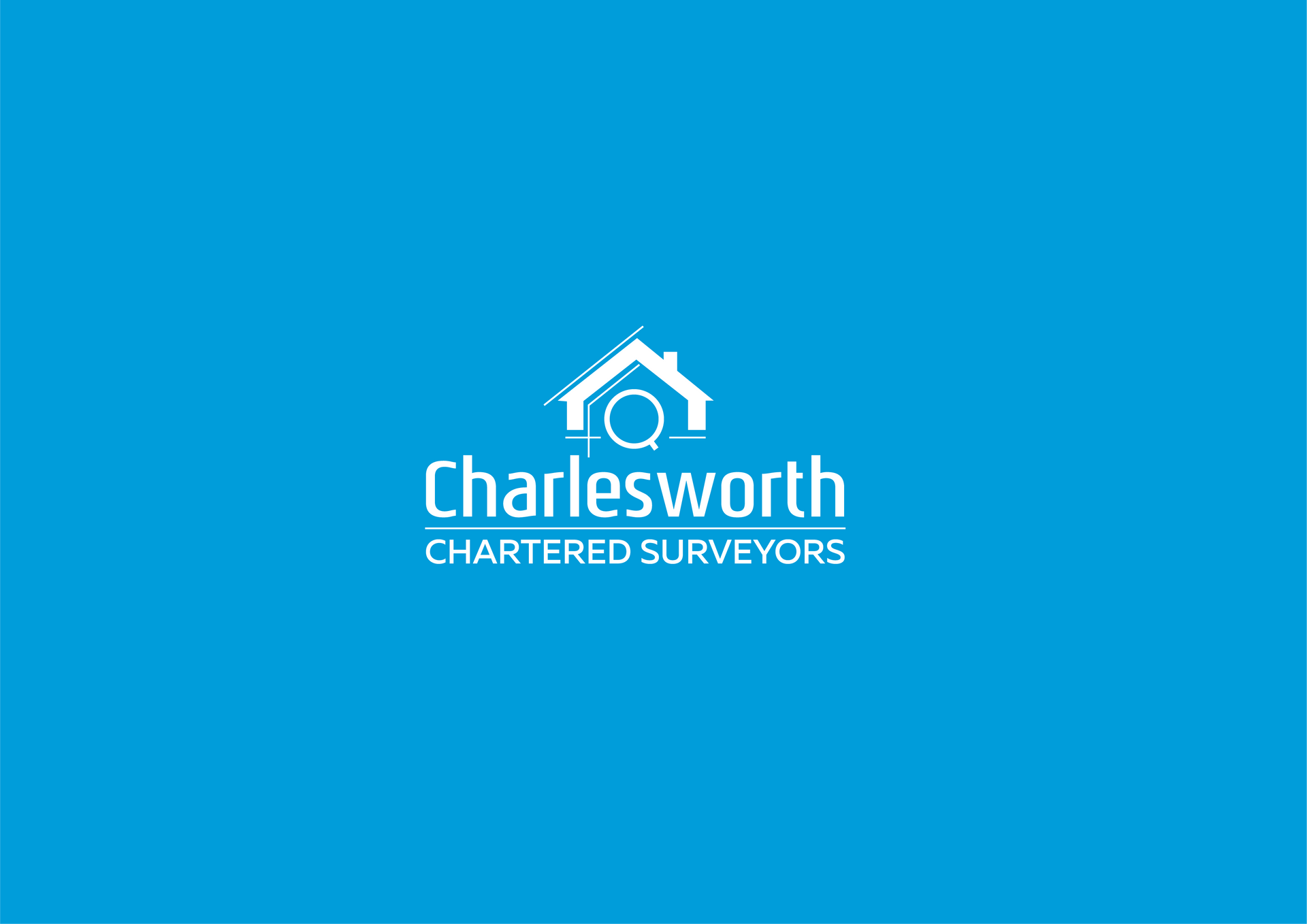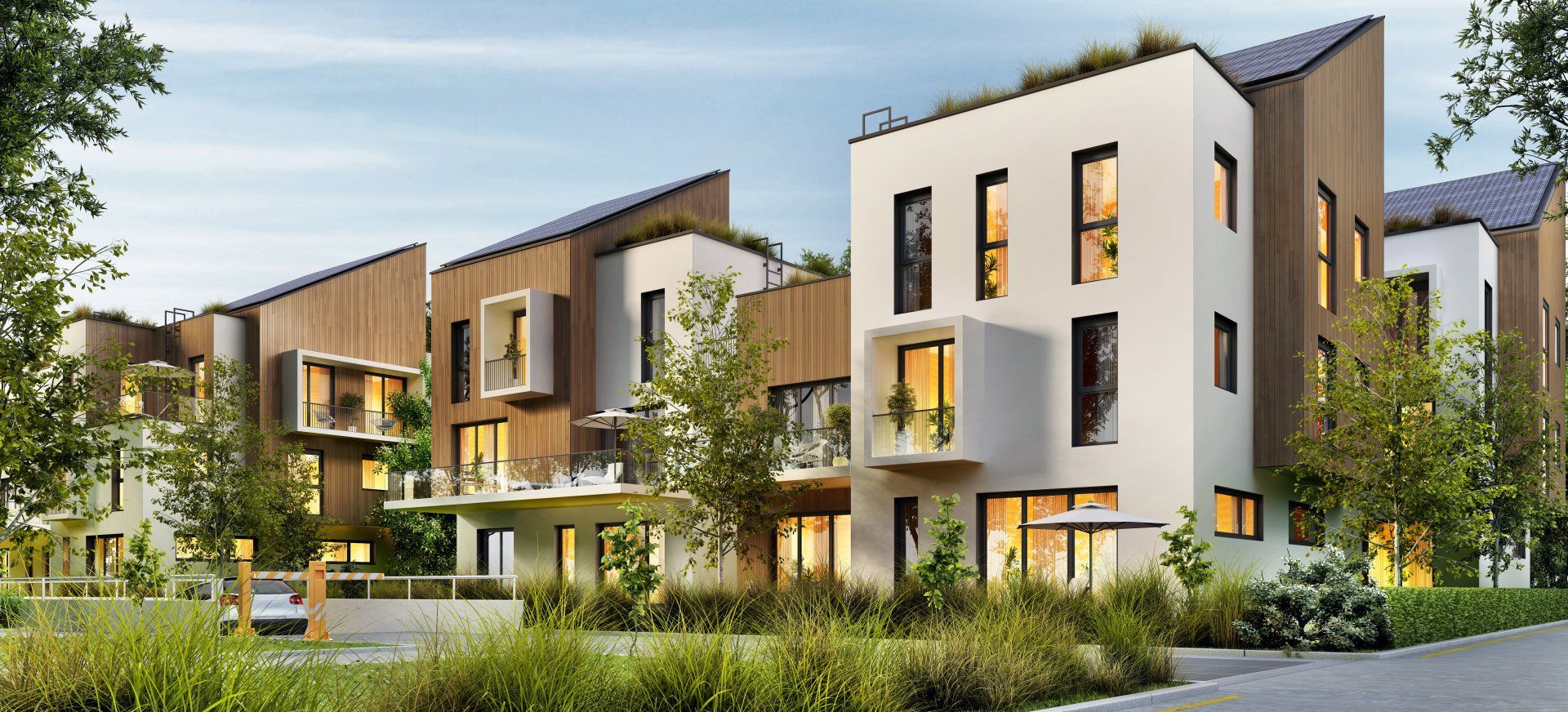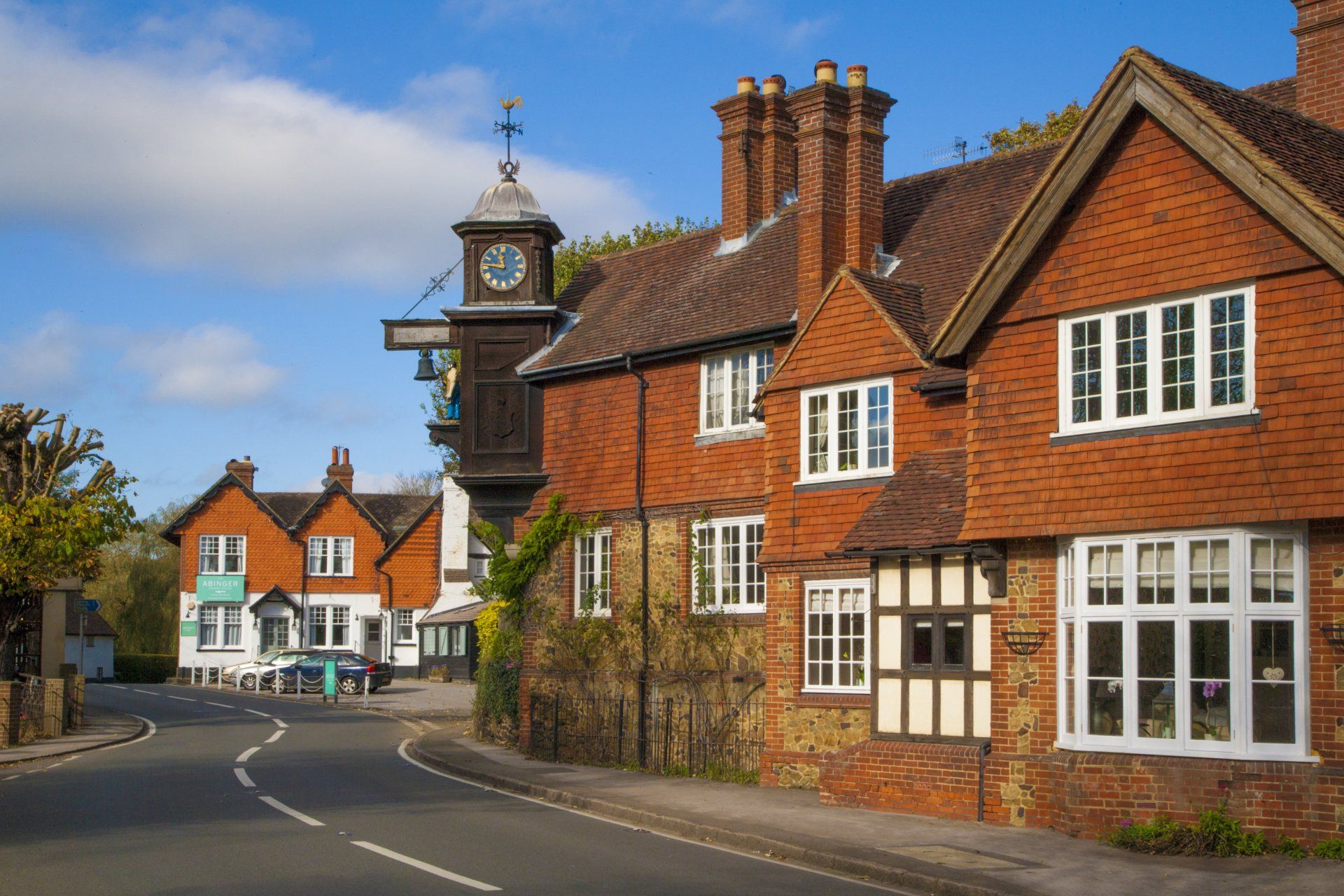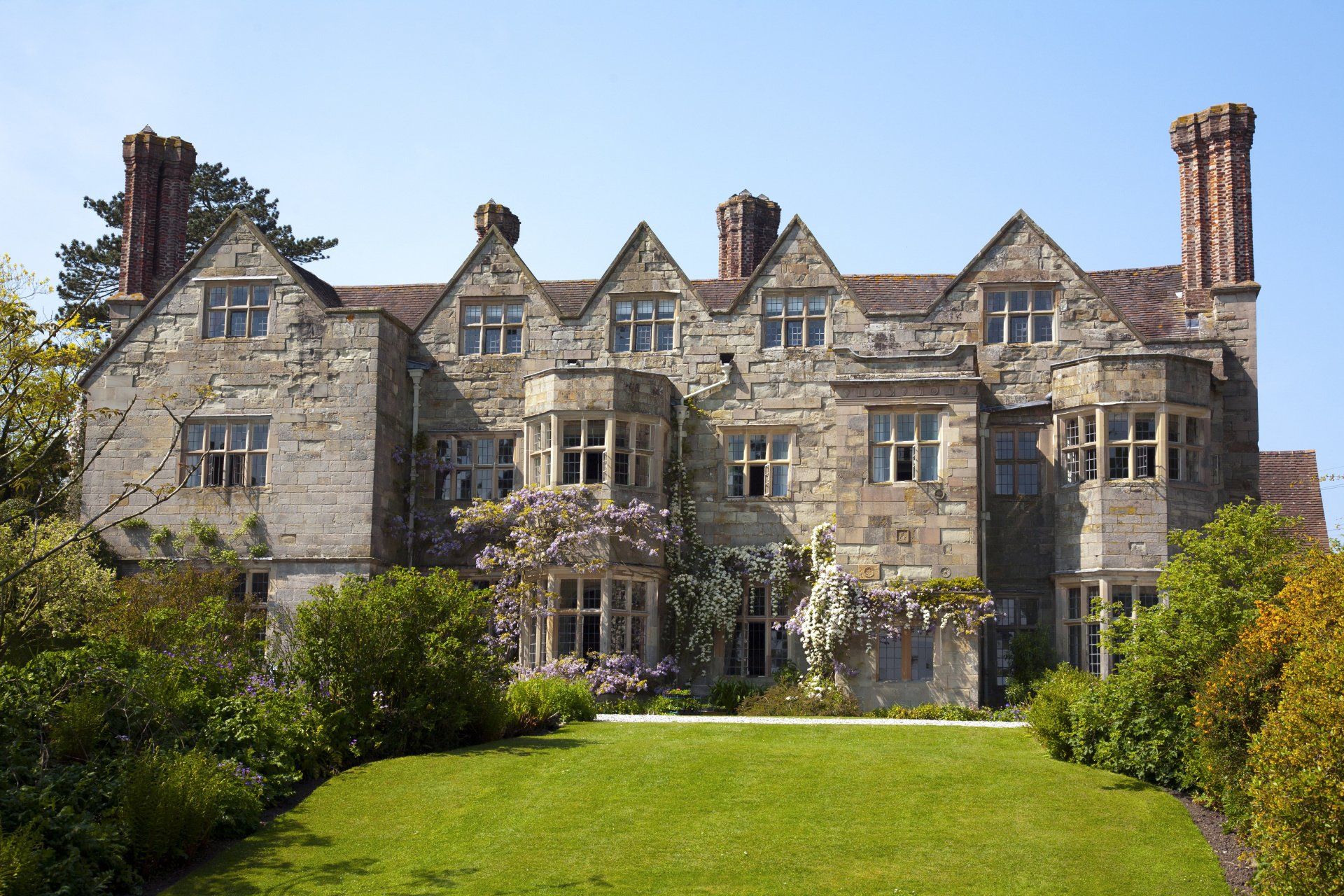RICS Level 3 Building Survey
In-depth property insight for complete peace of mind.
The RICS Level Three Building Survey is best suited for older, high value, larger and more complex properties and for buildings which may require a lot of work. It can, of course, be undertaken on more modern properties, if this is the type of survey you prefer to commission.
Compared to a RICS Level Two Home Buyer Survey, the RICS Level Three Building Survey is a far more comprehensive and detailed report. With more in-depth information on construction, together with a fuller analysis of defects and maintenance issues, the RICS Level Three Building Survey also uses a traffic light system to clarify the urgency of repairs.
The report will highlight any matters that require further investigation and will provide you with advice on short, medium and long-term maintenance issues that you will need to be made aware of.
The report will contain labelled photographs of the defects along with any relevant environmental issues and matters which your Legal Advisers
should check.
Request a Quick Quote
Simply fill in the form below and Jon will contact you to discuss your requirement.
Footer Quick Quote
What makes the RICS Level 3 Building Survey different?
The Level 3 Building Survey is often referred to as a full structural survey, although that term is no longer formally used by RICS. It is designed for properties where more in-depth analysis is required and provides a complete picture of the building's structure and condition. The inspection is more extensive and takes longer than a Level 2 survey. It involves a close assessment of accessible areas such as roof spaces, walls, floors, ceilings, windows, doors, and external elements like chimneys and gutters.
Because of the depth of inspection, the Level 3 report allows your surveyor to comment not just on visible defects, but also on potential underlying causes and the likely consequences if the issues are not addressed. For example, if there are signs of movement, cracking, or damp, we don’t just report it, we explain what might be causing it, how serious it is, and what your options are for repair or monitoring.
A closer look at the traffic light system
To make our reports even easier to understand, we use a traffic light system to clearly highlight the urgency and severity of any issues we find. This system provides a straightforward way of helping you prioritise any required actions without needing to sift through complex technical language.
When we recommend a repair, it is marked as a bullet point with a traffic light signal. These traffic light signals are a guide as to the likely priority you should give to repairs (i.e. which repairs you should consider attending to first).
Green is used to indicate low priority. These elements of the property are performing as expected for their age and type. Repairs are required, but they are not urgent or significant. This might include where there is very minor worn pointing on a chimney stack or minor repairs are the required to the drainage chamber.
Amber is medium priority, which means there are defects or areas of concern that need to be dealt with in the short to medium term. These may include frost damaged brickwork, or signs of previous damp that needs to be monitored. While not immediately serious, amber-rated items are important to keep on your radar and should be budgeted for.
Red is reserved for serious issues that require urgent investigation, repair, or replacement. These are the items that could pose a risk to the property’s structure, its occupants’ safety, or its value. Red issues might include structural movement, active damp penetration, dangerous electrics, timber decay, or roofing defects that could lead to water ingress.
Before Exchange - Any items flagged as before exchange are serious and/or urgent defects that are likely to be dangerous, expensive to remedy or potentially require further investigation. We advise any defects flagged as before exchange to be reviewed before you exchange contracts.
Every defect identified in the report is followed by a clear description of what we’ve observed, why it matters, and what we recommend. We may also advise when to seek further specialist investigation before you make a final decision on the property.
Our Level 3 Building Survey reports go beyond just identifying defects.
They are comprehensive documents written in plain English, containing everything you need to understand the condition of the building. Each report is accompanied by colour photographs clearly labelled so you can see exactly what we’re referring to. This visual evidence is especially useful when seeking quotes for repair work or discussing issues with contractors or estate agents.
We also include a section highlighting any matters that your legal adviser should investigate further. This might involve planning permissions, building regulations approvals, rights of way, or boundary concerns. We flag these items to ensure that nothing gets missed during the conveyancing process.
Where appropriate, we note any environmental risks or local factors that could impact the property’s long-term condition or value. This may include things like flood risks, subsidence areas, or issues relating to nearby developments. For properties in areas like Dorking, Reigate, and Horley, local knowledge plays an essential role in understanding the broader context of the property.
Frequently Asked Questions
What is a Level 3 Building Survey?
A Level 3 Building Survey is the most detailed type of property survey offered by RICS. It provides a comprehensive assessment of the building’s condition, structure, materials and potential issues, including future maintenance needs. It’s ideal for older or larger properties, or any home where there may be concerns about its condition.
When should I choose a Level 3 survey over a Level 2?
A Level 3 survey is best for properties that are older, have been significantly extended or altered, are in poor condition, or are of non-standard construction. If you're planning renovations or want a deeper understanding of the property, the Level 3 report is the right choice.
Does a Level 3 survey check the roof and loft?
Yes. The survey includes a close inspection of the roof structure from inside the loft (if accessible and safe), and the exterior roof coverings. We’ll also use drone technology where necessary to inspect hard-to-reach areas.
Will the survey report include advice on repairs?
Absolutely. The Level 3 survey provides detailed recommendations on repairs, including which issues need urgent attention, which can wait, and advice on how to maintain the property over time.
Can I use the survey report to renegotiate the price?
Yes. If the survey identifies serious defects or urgent repair needs, you may be able to use the findings to renegotiate the asking price or request that repairs are made before exchange.
Does the report include photographs?
Yes, all our Level 3 Building Survey reports include clear, labelled photographs of any defects or concerns. This helps you understand what we’ve found and can be useful for obtaining quotes from contractors.
How long does the Level 3 survey take to complete?
The site inspection typically takes several hours, depending on the size and complexity of the property. The completed report is usually delivered within 5 to 7 working days.
Will the survey identify structural problems?
Yes. While we don’t carry out invasive testing, we do assess for visible signs of structural movement, cracking, damp, subsidence, and other potential concerns. If needed, we’ll recommend further specialist investigation.
Is a valuation included in a Level 3 survey?
No, the Level 3 survey focuses solely on the condition and structure of the property. If you also require a valuation, we can arrange this as an additional service.
Where do you cover for Level 3 Building Surveys?
We carry out RICS Level 3 Building Surveys across Dorking, Reigate, Horley. With extensive local knowledge of building styles, planning history, and common defects in these areas, we provide reports that are not only thorough but also relevant to the local property market. If you're unsure whether we cover your specific location, just get in touch—we're always happy to help.
